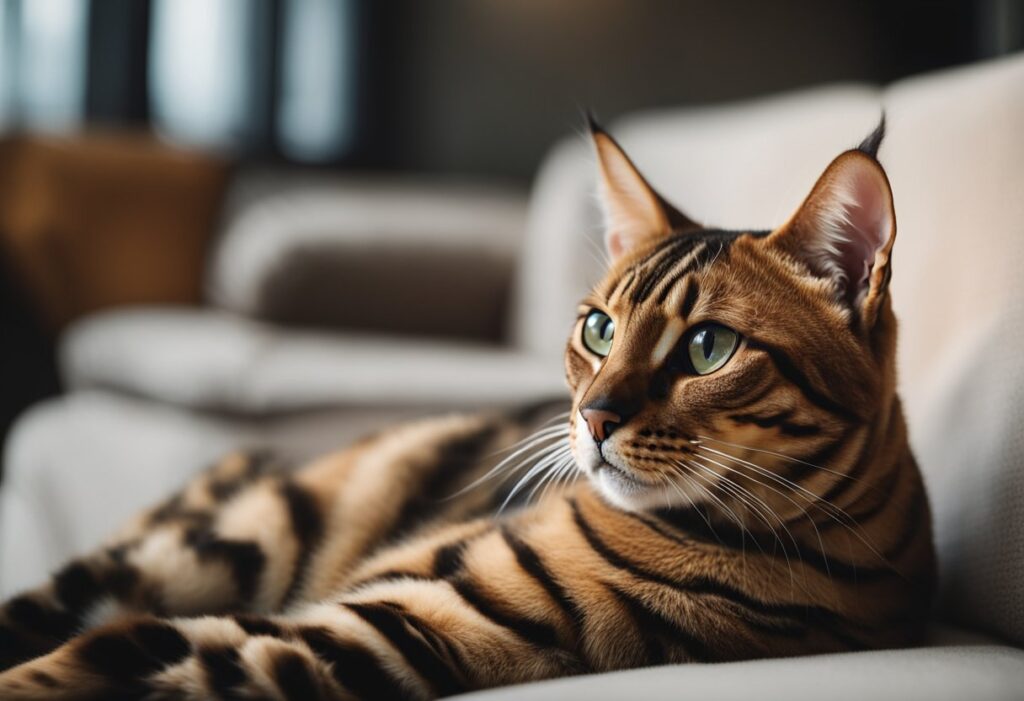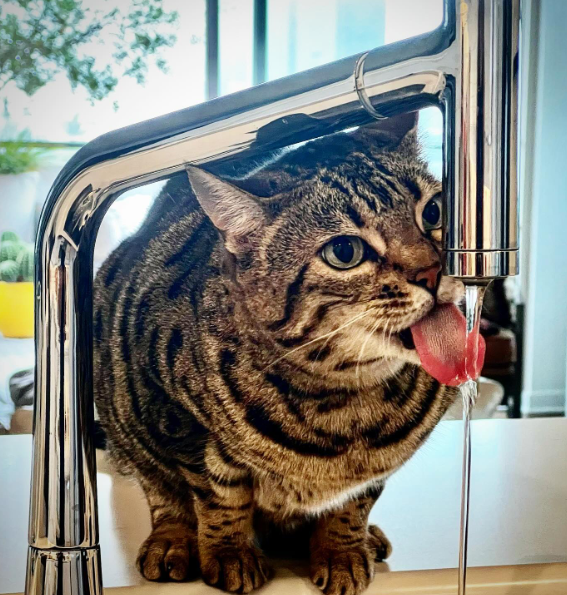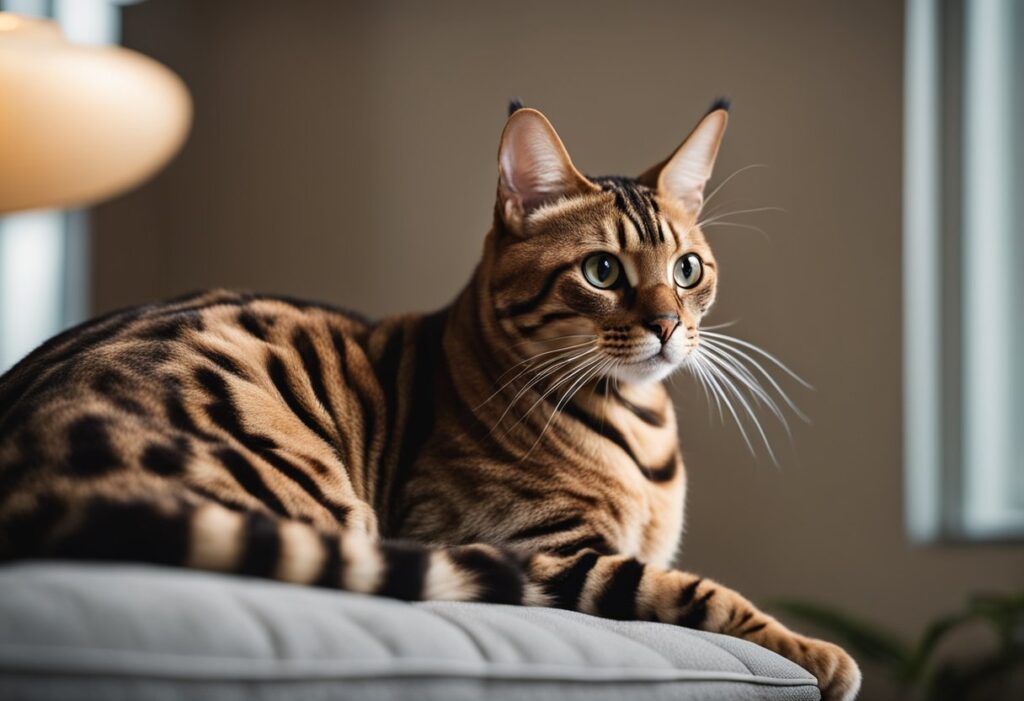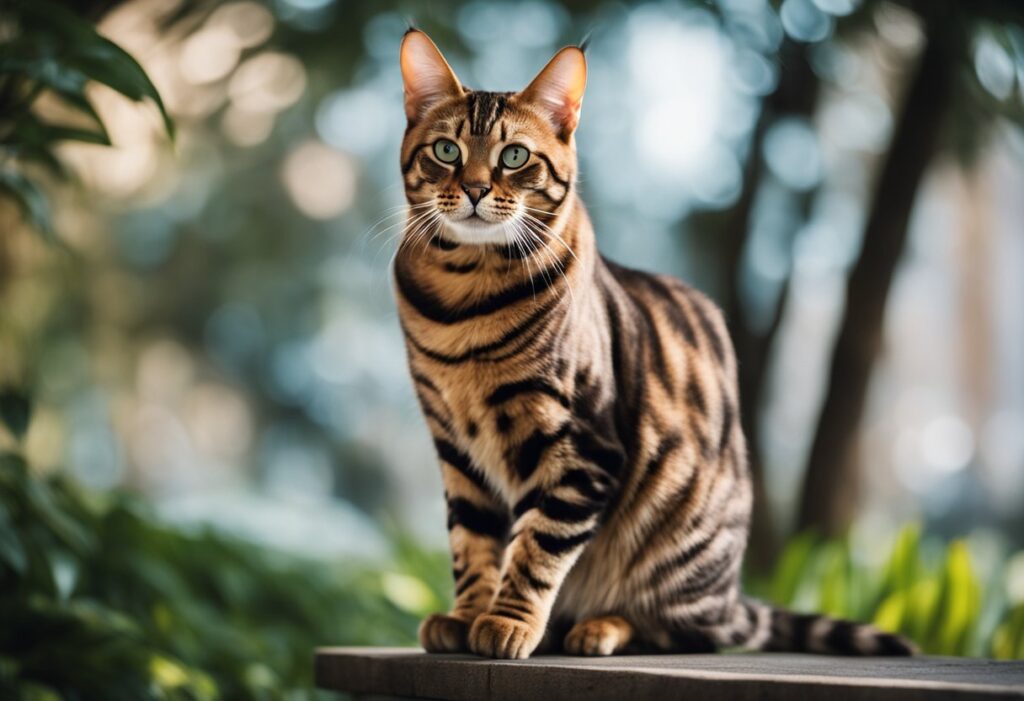One of the most impressive things about these cats is their speed. Bengals can run at about 30-35 mph, for limited periods of time. This speed is comparable to other domesticated cats.
However, not all Bengals have the same level of athleticism and may not be able to run as fast as 30 mph.
Speed and Agility of a Bengal Kitty
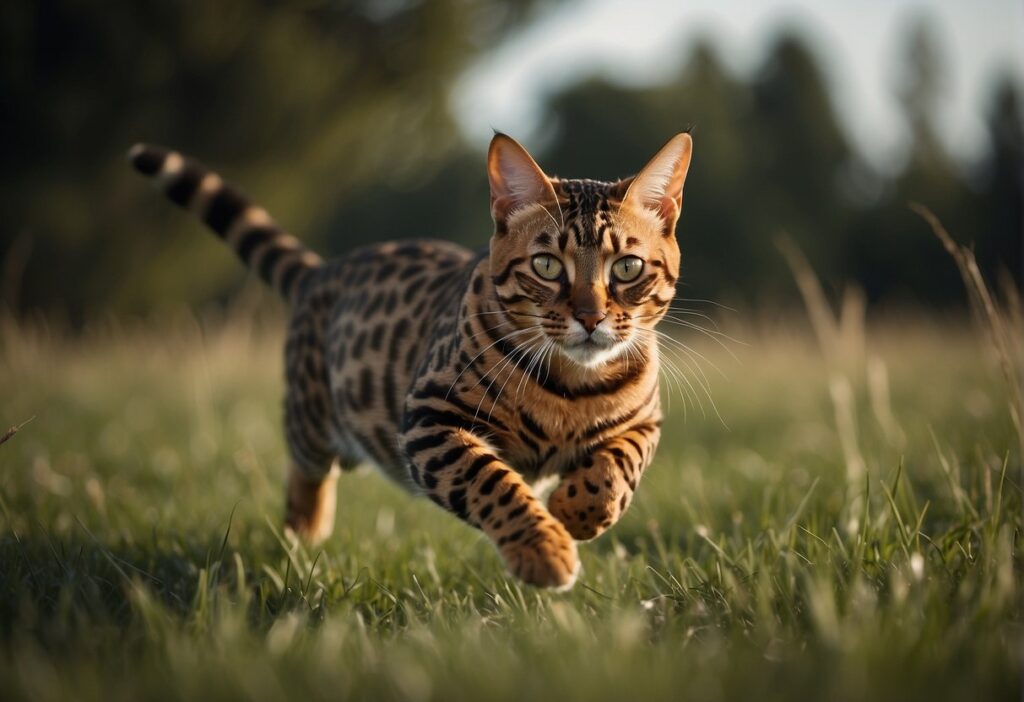
In this section, I will explore the various factors that contribute to a Bengal cat’s speed and agility.
Comparing Speeds
As mentioned earlier, Bengal cats can run at an average speed of 30-35 mph. Cheetahs are known for their lightning-fast running speed, which can reach up to 75 mph.
While Bengals are nowhere near as fast as cheetahs, their speed is still impressive for a housecat.
Physical Capabilities
Bengal cats are built for speed and agility. They have muscular legs, especially their hind legs, which give them the power to run and jump with ease.
Their toes are also incredibly flexible, which allows them to grip surfaces tightly and maintain their balance while running.
And have you checked out their spines? Their spines give them the ability to twist and turn quickly, making them super agile.
Mental and Instinctual Factors
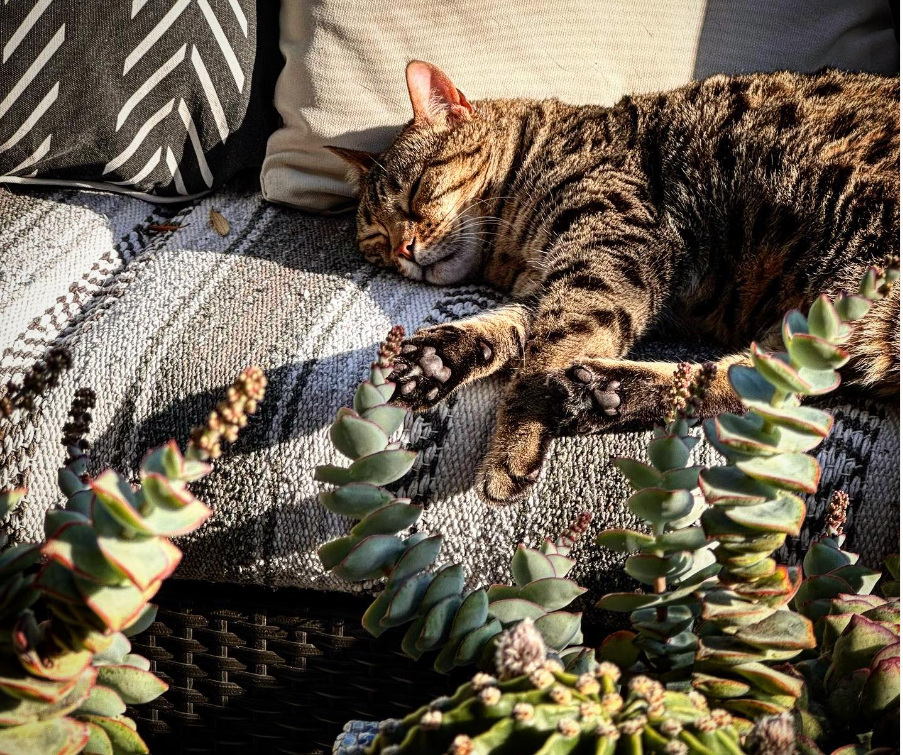
Bengal cats are natural hunters and their speed and agility are essential for catching prey. They have sharp claws that they use to grip surfaces and climb trees, which helps them catch their prey.
They are also very motivated to play and exercise, which helps them maintain their speed and agility. Interactive games like fetch and laser pointers are great ways to keep your Bengal cat active and motivated.
Training for Speed
While Bengal cats are naturally fast and agile, you can still train them to increase their speed and agility.
Regular exercise and playtime are essential for maintaining your cat’s health and agility. You can also train your cat to run through obstacle courses or jump over hurdles, which will help improve their speed and agility.
Safety and Limitations
While Bengal cats are fast, it’s important to remember that they have their speed limits. Like all animals, they can get tired and overexerted, which can lead to injury or exhaustion so please be very mindful of that.
Can Bengal cats run faster than other domestic cat breeds?
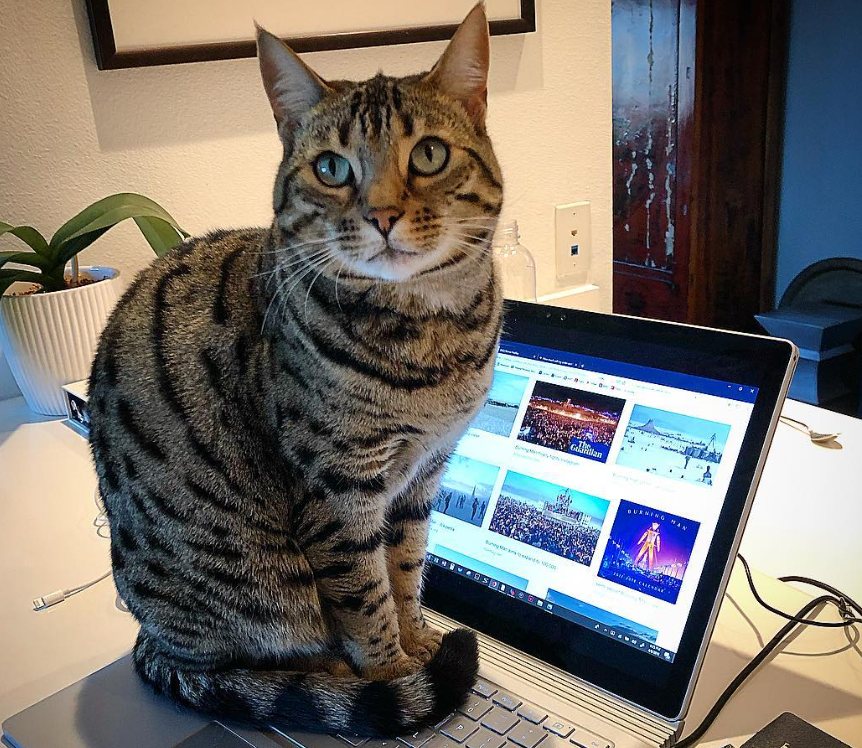
It’s extremely difficult to assess if Bengals can run faster than other domesticated cat breeds because there are so many factors to consider. But they are pretty fast!
How does the athleticism of a Bengal cat compare to other cats in terms of speed?
Bengal cats are one of the fastest domestic cat breeds. They are known for their powerful hind legs and long tails, which help them keep their balance while running at high speeds.
However, other breeds such as the Manx, Abyssinian, and Devon Rex are also known for their speed.


